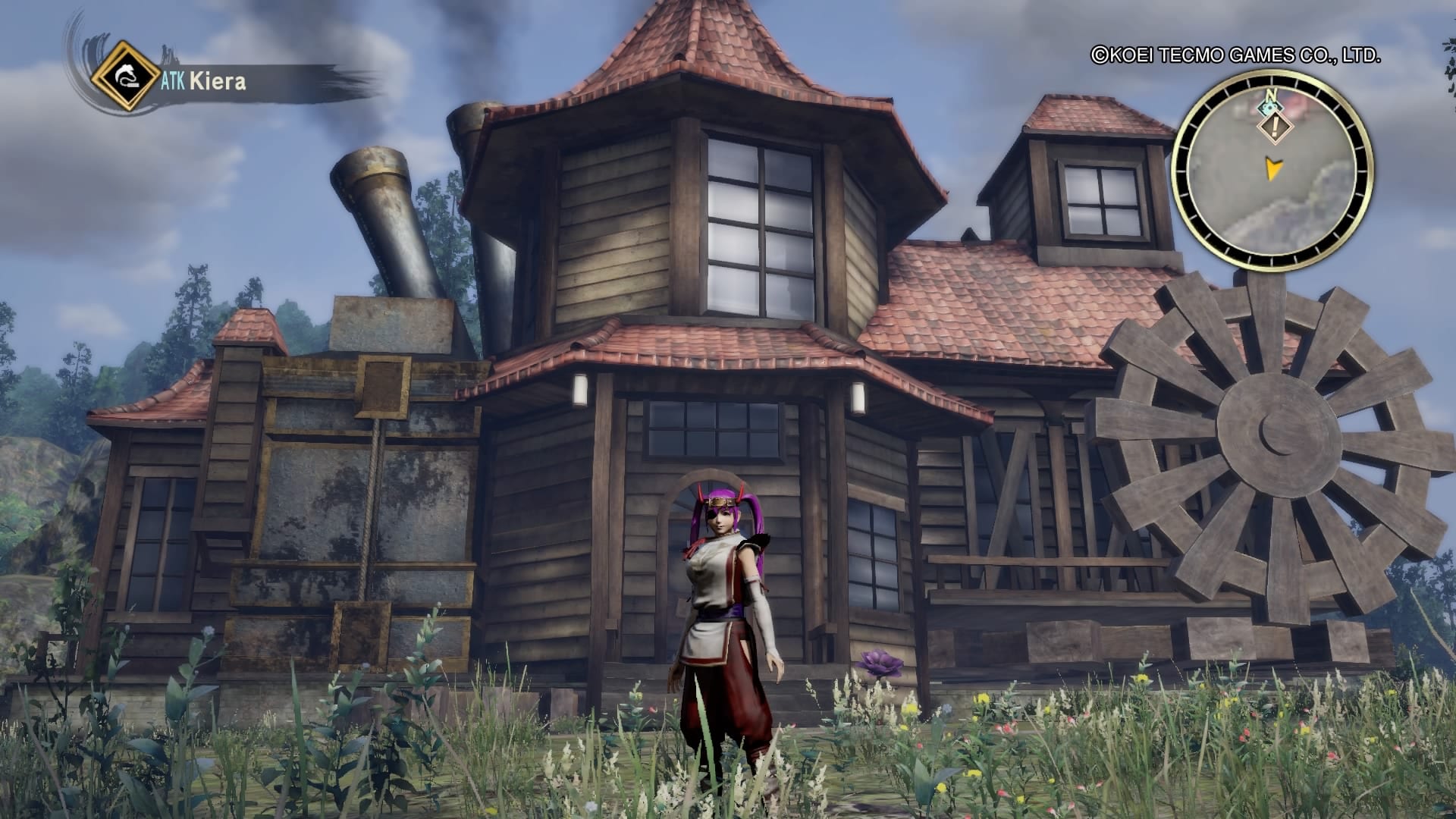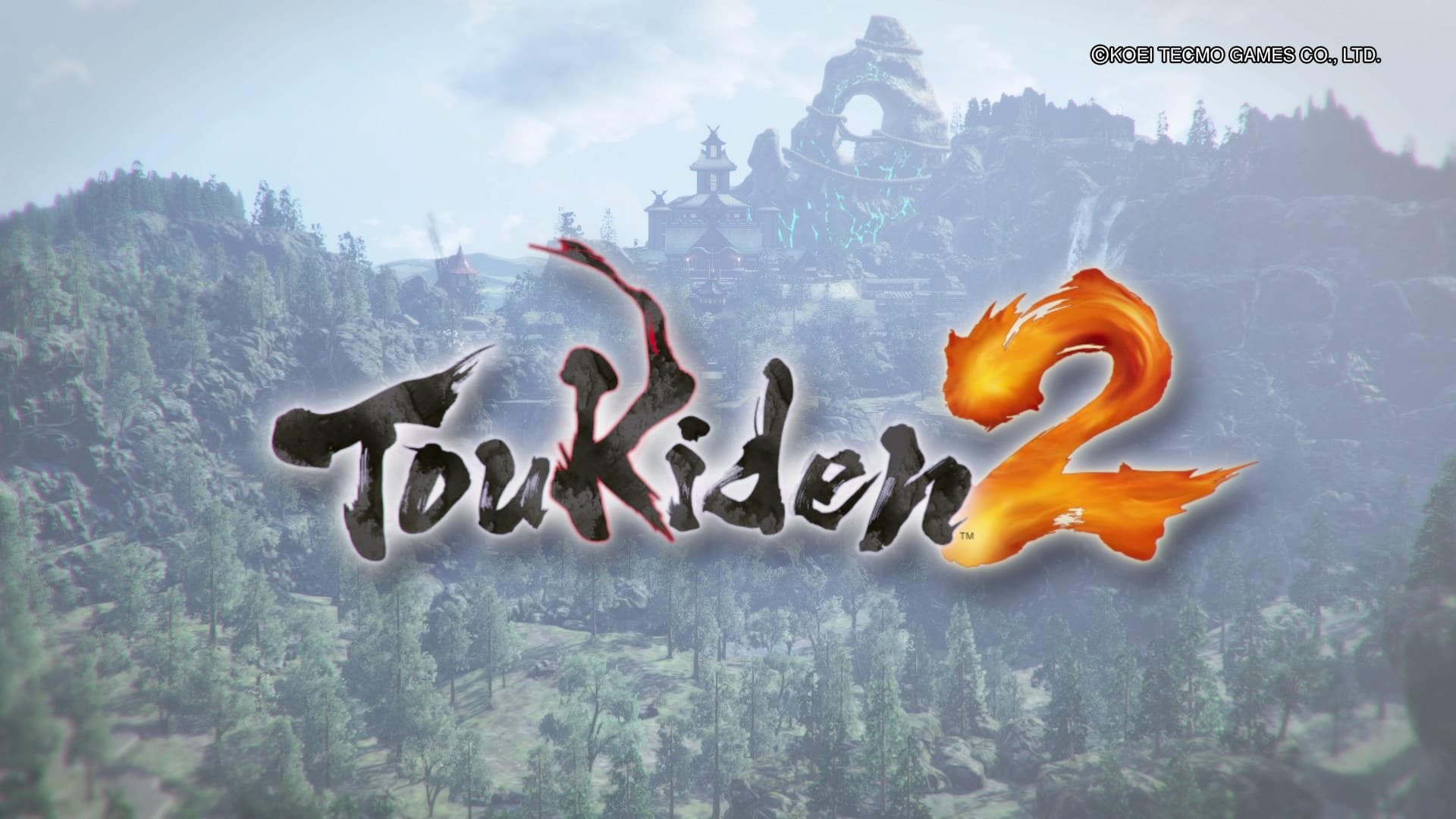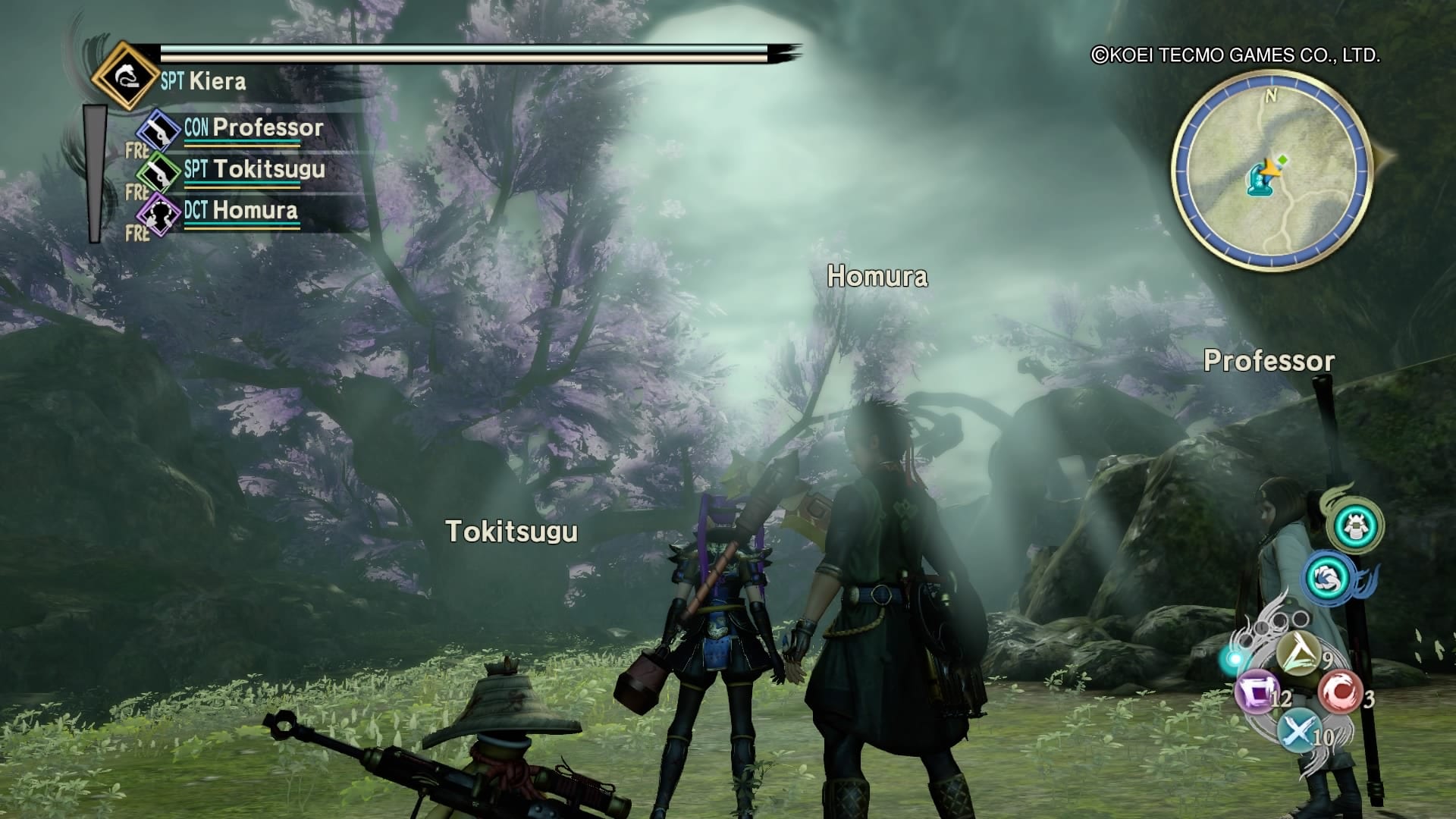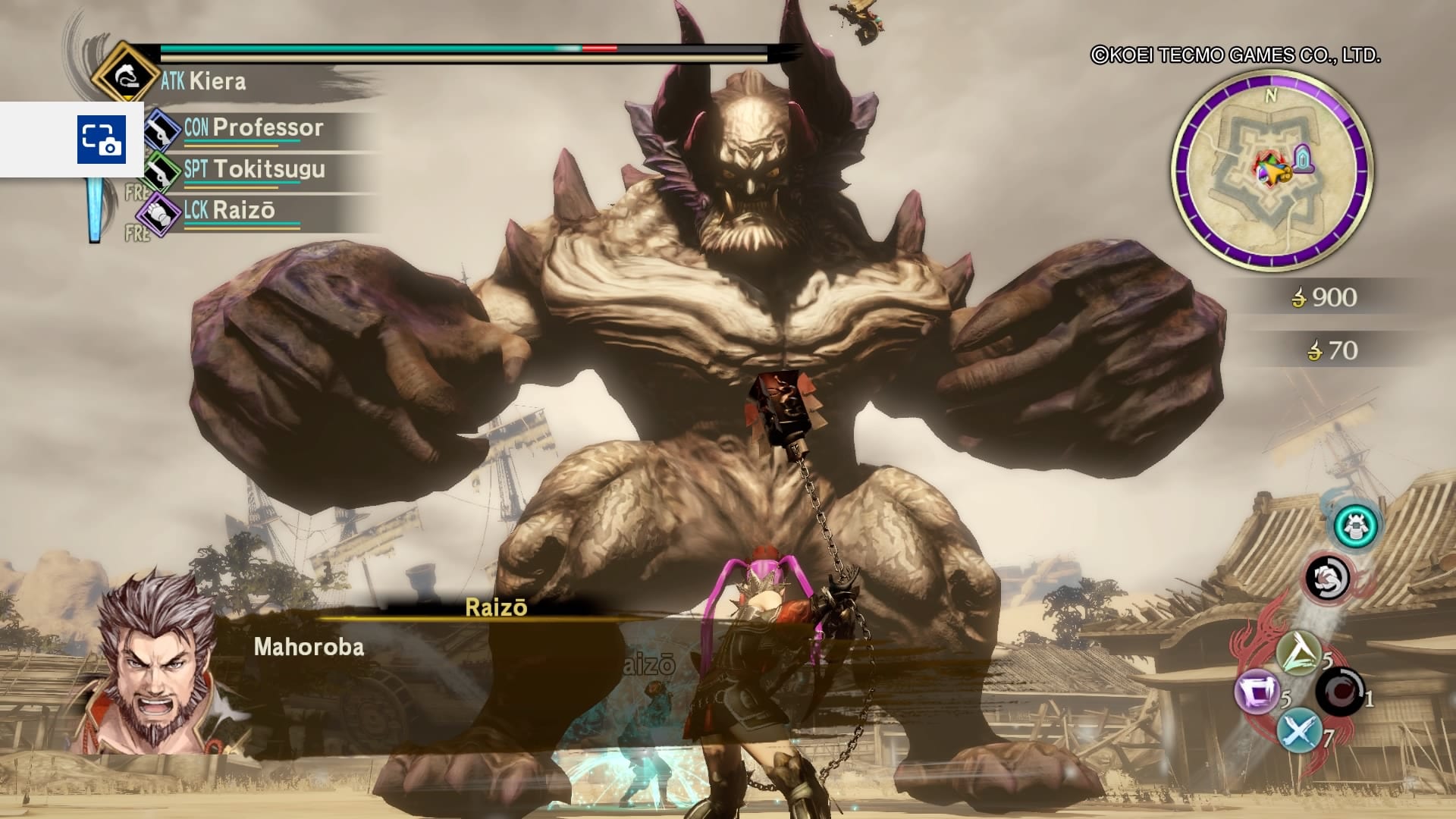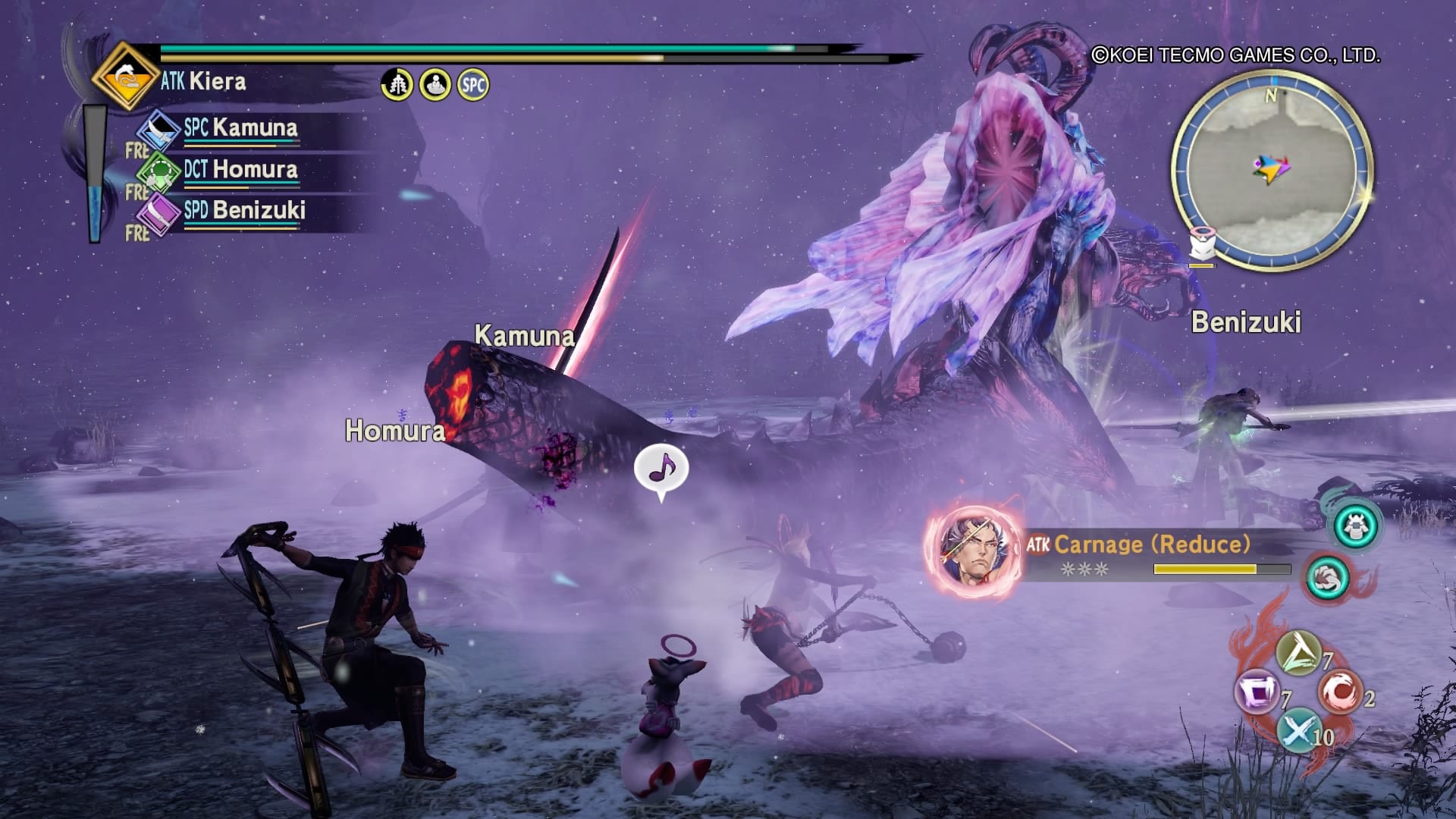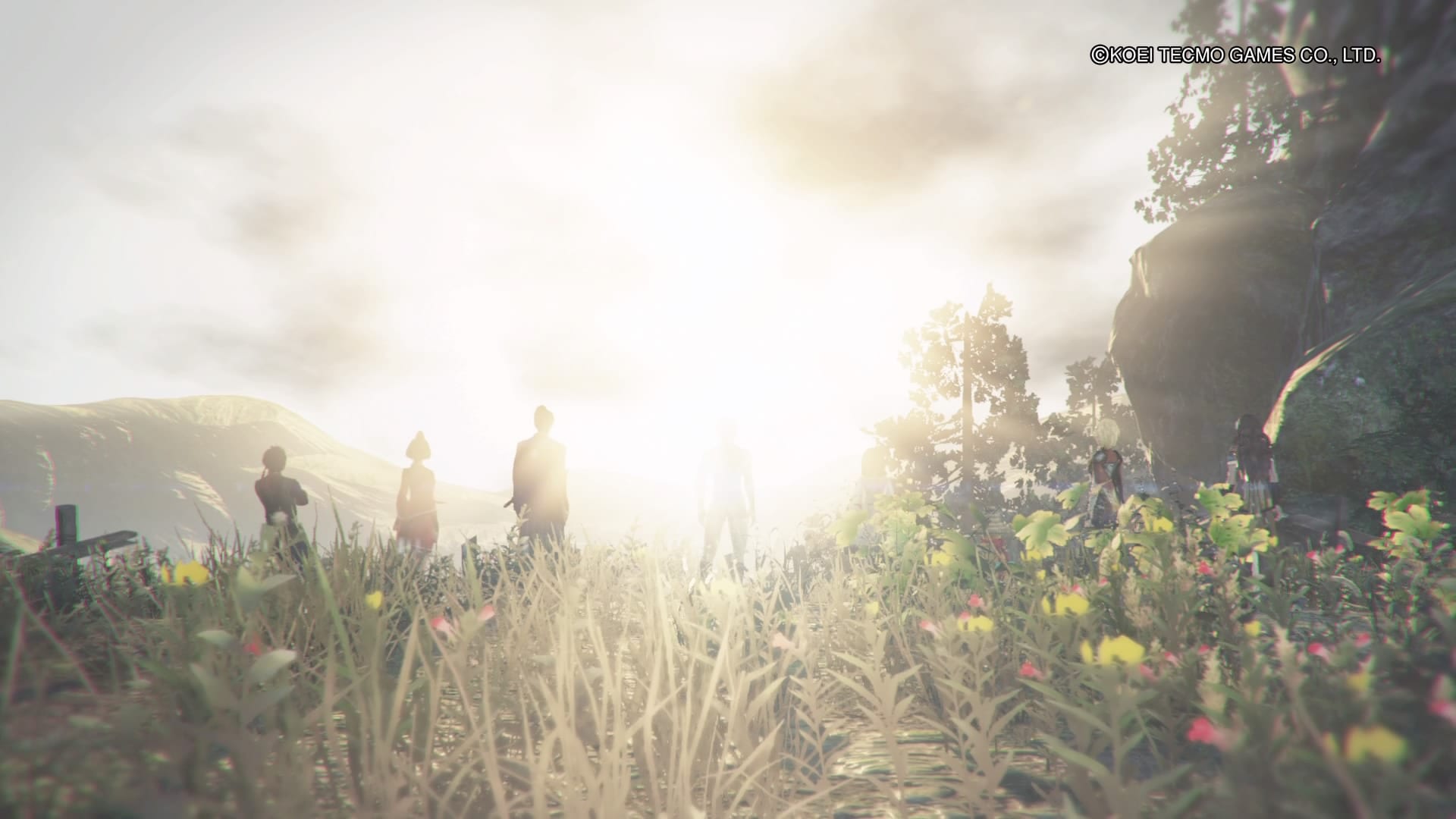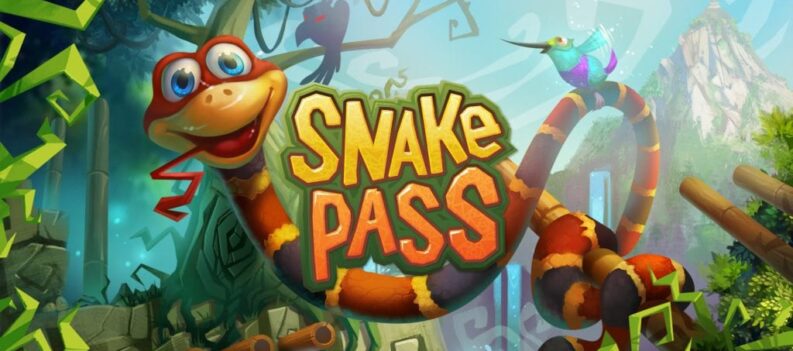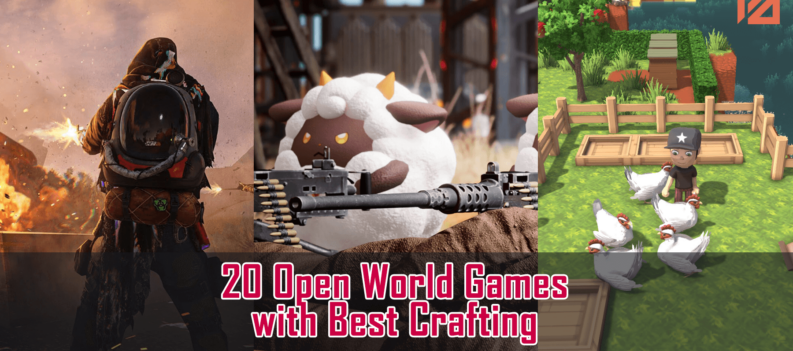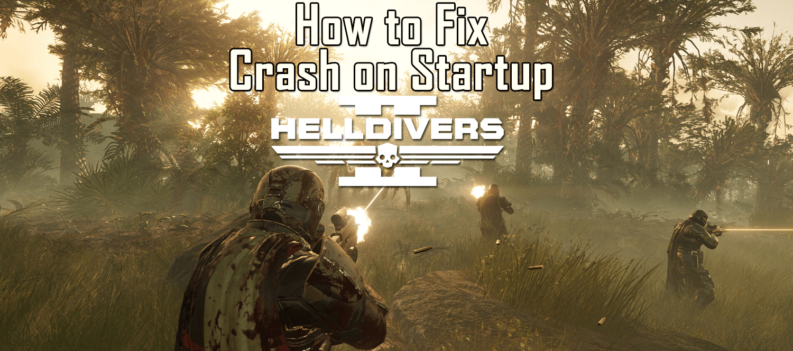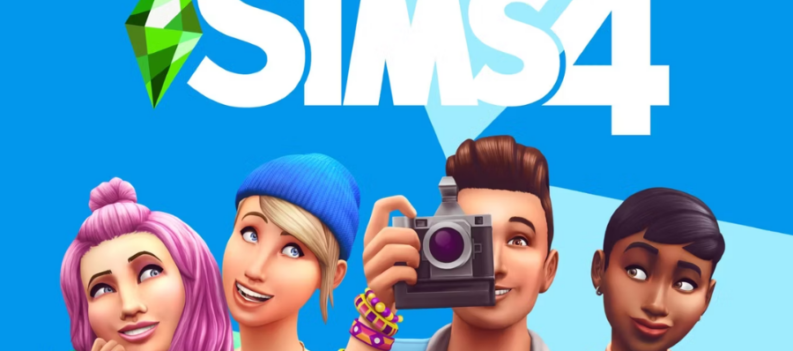Welcome one and all to another Pure PlayStation review. This time up, the second installment in the Monster-Hunter-esque RPG series from Koei Tecmo and Omega Force, Toukiden 2. The sequel takes a bold step away from its predecessor by attempting to translate its boss rush formula into an open-world setting. Read on with us to find out if the demon hunt was a happy one.
Having not played the first Toukiden, I went into Toukiden 2 with few prior expectations. I’d seen enough gameplay here and there to know roughly what I was getting into but I was interested to see how well the Dynasty Warriors developer would handle an open world game and how well the idea of a focus on large single boss fights would work in that environment. I have to say, it works well. Surprisingly well, in fact. Toukiden 2 looks great and plays great, the enemies are varied and challenging, and the combat is a blast. The open-world setting doesn’t bog you down with endless side-quests and this lengthy action game even manages not to overstay its welcome, while providing plenty of optional additional content for those with the need to slay just one more Oni. I’m left with a lasting positive impression from Toukiden 2 and wouldn’t mind seeing more from this fledgling franchise. Perhaps you’ll indulge me while I explain just why.
Toukiden 2 impressed me right from the start with something I didn’t expect, its looks. This is by far the best looking game developer Omega Force have made to date and great character models, weapon designs, and impressive scenery and lighting are abundant. I’m not one to focus on a game’s superficial aspects in most cases but despite not being the bleeding-edge pixel quality of something like Horizon Zero Dawn, this game manages to be exceedingly pretty. It also plonks you straight into the action with a sequence that acts as both story introduction and combat tutorial. After creating your hero with a cosmetically robust character creator and picking your starting weapon, you’ll find yourself on the frontline, defending humanity against an all out Oni (demon) invasion. And doing a piss-poor job of it, as it turns out.
Yup, that’s the premise here. Humanity loses the war with the demons and since you’re thrust into the future due to events in that first battle, there’s not a lot you can do about it. Instead, you end up in one of humanity’s last outposts. A village populated mostly by demon hunters known as Slayers. This village of Mahoroba becomes your base of operations, a kind of hub town that serves as your home, shop, armory, etc. and the game unfolds from there. The story remains a mystery for much of the game, questions like why you were transported to the future and what your ultimate goal is are kept for late reveals. The plot, instead, focuses on first establishing yourself in the village and working with its inhabitants, then introduces you to the political strife within the village, and only later reveals the true conflict. It keeps the story a lot more interesting than a simple ‘demons are taking over the world, we should probably stop that’ setup.
That’s not to say the demon threat can be ignored. Working with typically arrogant intellectual-type professor from the village, you’ll find new ways to purify the demons from the ‘Otherworld.’ The Otherworld is the term for anything that’s not your home town, essentially. In this nightmarish future, the land outside the human villages (which are protected by magical little-girl priestesses, obviously) is run by the Oni. The concept is that the Oni’s appearance has warped the lands, bringing relics and architecture from the past to the surrounding areas. This leads to some brilliantly imaginative scenery as ancient Japanese castles meld with demonic corruption or wooden warships rise up from the desert sands. It also lends itself to an interesting open-world design. For the most part, there are no human outposts other than your village so you’ll have to fight to claim any sanctuary in the outside world.
You’ll need these sanctuaries as well, a constant buildup of ‘miasma’ in the Otherworld, gauged by a meter next to your minimap, means you’ll have to take a breather from time to time or face dying in the wilderness and a rather embarrassing respawn in your village. To unlock these safe havens, you’ll need to engage in the game’s primary activity; Oni-slaying. In fact, accomplishing pretty much anything in the game involves some hefty demon murder. Fortunately, combat is Toukiden 2’s strong suit. The game takes an approach that seems basic at first but develops further layers and can actually provide a wide variety of play styles.
The first component is the weapons, there are eleven main weapon types in the game from fast daggers, heavy clubs and appropriately oversized swords, to mid-range weapons like chain whips and Kusarigama (sickle & chain), to long-range bows and rifles. Each weapon has its own moveset and some are dramatically different from others. For example, a katana will let you store energy and use combos to build up attacks against the enemy then unleash a devastating attack based on the cumulative damage, whereas a rifle will have you swapping out ammo types to fight at different effective ranges and targeting enemy weak spots. Augmenting these basic movesets are equipable cards called Mitama, which determine your special abilities and work kind of like classes in a traditional RPG. You might set yourself up with healing abilities, focus on attack or defense, or pick some control abilities. There are many Mitama to collect throughout the game that fit into eleven different ‘classes.’ Combining this with the variety of weapon play styles allows you to play your character any way you want. It really gives a huge variety of options in how you want to approach combat.
To encourage experimentation with this system, the game eschews any kind of traditional levelling system. Your Mitama will gain slightly better passive abilities as you go on, but not so much so as to discourage you swapping them out if you wish. Your character progression is, instead, entirely gear-based. There’s a crafting system using demon parts that allows you to make any weapon type if you have the components (ie. a fire-damage sword would need the same parts as a fire damage bow) so if you get half way through the game and decide you want to change things up, you just make a new variety of weapon of an appropriate strength and off you go. A handy set of tutorials available at any time in the village lets you try out all the different styles easily to see which suits. It’s a refreshing approach to action RPG gameplay that meant I never felt held back in the late game by character decisions I made thirty hours ago. It also stopped combat that could otherwise have gotten samey from ever becoming stale.
The enemies themselves, and the method for defeating them, are another impressive aspect of combat. While there are weak demons roaming the open world that can be dispatched with a couple of hits, the majority of enemies are basically mini-boss battles or just straight up boss fights. Rather than employing a simple approach of hitting the enemy with attacks and spells until they fall, the game uses the mythical properties of Oni to introduce another element to the fights. The Oni you see are simply shells and you have open up these shells to get at their ‘life-force’ to actually damage them. This usually involves breaking limbs. Literally. Any demon bigger than fodder will have several body parts that you can target and break off, weakening them and exposing what is basically their health bar. Of course, these giant demons aren’t content to just let you rip off their vital bits and ‘purify’ them, so you’ll have to master your character’s specialties and get used to the dodging and parrying abilities as well once the fighting gets tough.
The variety of these big bads is great, there are plenty of unique demons and even when scarier-looking versions of the same base models appear later on, they come with different movesets to keep you on your toes. There’s a defined difficulty curve as you go through the game and it’s well pitched. Your gear progression occurs at a rate that, for the most part, keeps the bigger fights challenging without feeling insurmountable. That said, I had very few failures throughout the main campaign so those who enjoy a high difficulty level may be interested to know that beating the story allows you to access high-difficulty missions and a higher base difficulty level for the game. Really, the only complaint I would level at the combat in the game is that some of the larger demons cause problems for the targeting camera which at times even locked my view to the floor. Later in the game, I decided to forget the lock-on and started routinely using a manual camera for the more screen-filling enemies.
It’s hard to overstate how much the game focuses on combat. The majority of the game involves ‘purifying’ areas of the Otherworld as you explore, by the aforementioned demon slaying or by closing off sources of miasma. This in turn reduces the overall level of miasma and lets you venture further from your base. There are seven distinct ‘Ages’ outside of the walls of the village and each has its own distinct look and its own unique enemies. As you progress in these tasks and unveil more of these areas you’ll reveal more of the story through the main missions and interactions with other characters in the village but, interesting as the dual plot threads of the future of humanity and the future of Mahoroba are, it all just serves as a vehicle for the combat. This didn’t bother me in the slightest due to how well this core gameplay concept is executed but it’s worth being aware of going in.Something else for xenophobes to be aware of is that there’s no English voice track for the game, so you’ll have to hear a foreign language and read. Boo hoo.
The open world itself is well designed with secrets, hidden areas, and tidbits of lore to discover. The only problem here is there’s not really anything pushing you out into the optional areas. There are a few side missions, sure, and the lack of clutter in this regard is appreciated but the game never really encourages you to venture beyond the paths needed to complete the story. It’s not necessary, but it can be rewarding and there’s plenty to find hidden away in these areas. It also doesn’t help that the game isn’t very clear about when it’s going to lock you in to completing a certain set of tasks or conversations to advance the story before allowing you to leave the village freely. These are minor complaints, though, and you could comfortably spend thirty to forty hours with the game without this additional exploration, so it’s very much up to the player whether you want to extend your time in Toukiden 2’s world.
There is but one mechanic in the game that I found to be almost completely redundant. You have an ability known as the ‘eye of truth’ which is (feel free to groan) Toukiden’s version of detective vision. Outside of combat this will let you see hidden objects in the environment and follow ‘demon tracks.’ Unfortunately all it really achieves is making you cover large distances while applying a blue fog filter to proceedings, obscuring the pretty scenery. In combat, at least, it serves a bit more purpose, letting you see Oni health bars and the status of their individual limbs. It perhaps typifies what I mean when I say that Toukiden 2 is all about the combat.
Outside of the main storyline, there is a huge amount of content for those who want to continue the slaughter. There are instanced missions that can be accepted from your H.Q. within the village which are single battles against one or several Oni and ‘Ruins’ missions that let you fight through a descending tower of boss rooms. This should keep fans of the original Toukiden’s more streamlined boss-rush style happy as it forgoes the open world altogether. In true Omega Force fashion, your options in this regard only expand after you’ve completed the main game so there’s plenty to keep you going, even if it is more heapings of Oni killing. One thing that doesn’t have quite as much content is the soundtrack. The eastern orchestral ensemble melodies and more energetic battle music are nice enough but there really doesn’t feel like there’s enough music to fill the rather lengthy game and the tracks get repetitive after a while.
That’s about all the criticism I can muster at the game, as it’s a fine execution of its concept. I’m also quite shocked to be saying this in today’s gaming environment but I’m pleased to report I encountered absolutely no technical issues with the game. Yes, it’s wholly focused on fighting but it’s a damn fun fight to have. It even manages to throw in a plot that’s not entirely window dressing and look good while doing it. Toukiden 2 won’t appeal to everyone but it does have the potential to resonate with a broad group of players due to its flexible approach to how you play. Fans of action games and action RPGs should definitely give this one a try. It even manages a move to open-world design with grace instead of resulting in a cluttered mess of to-do lists. In short, buy this game if you want to kill demons, a lot of demons.
Toukiden 2 is available now for PS4 in physical format or as a direct download from the PlayStation Store.
Toukiden 2 PS4 Review
-
Overall - Fantastic - 8.5/108.5/10
Summary
A demon-slaying good time and a fun combat focused action RPG. Buy this game if you just can’t get enough of demon killing or you’re interested in vaguely confusing time-travel stories. Also features cute two-tailed fox-cat things! What’s not to like?
User Review
( votes)Review Disclaimer: This review was carried out using a digital code provided by the publisher. This does not affect the content of the review or the final score awarded. For more information, please read our Review Policy.
*Reviewed on a standard PS4


